
"Within about two minutes, all the Nazi symbolism was gone," one subway rider who was there said. "Everyone kind of just did their jobs of being decent human beings."
That sentiment was reflected in a tweet from New York Gov. Andrew Cuomo:
"This is what New Yorkers do — we turn hate into love. And we won't back down — not now, not ever."
That two-minute incident on a northbound No. 1 train underneath Manhattan is a blip in the swastika's 6,000-year history. The plus-sign symbol with four hooked arms all pointing either clockwise or counterclockwise appeared in Asian, African, North and South American cultures millennia before Adolf Hitler and the Nazis made the clockwise version of it the emblem of their murderous aggression for 25 years.
Yet the Nazis' brief but horrendous association with the swastika managed to divorce the symbol from its original ties to religion and spirituality, at least for Western cultures, though it is still used and revered by Buddhists, Hindus, Jains and others.
How did the swastika travel from prehistorical India to a New York City subway last week? Can it ever be restored to its original place as a sign of fertility, good fortune and hope?
And in a broader sense, how likely is it in this age of globalization and rapid-fire social media that an ancient hooked cross, a sad-faced frog or the name of an Egyptian goddess can be reclaimed from their hate-related associations?
"The swastika is the most complex symbol of any civilization," said Steven Heller, a graphic designer who teaches at New York's School of Visual Arts and is the author of "The Swastika: Symbol Beyond Redemption?" "For some, it has a great history that was perverted for only 25 or 30 years. For others, that perversion nullifies it."
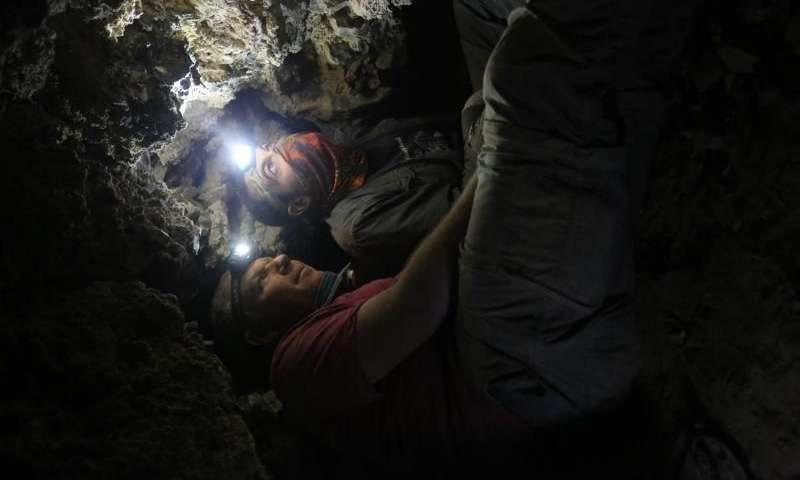
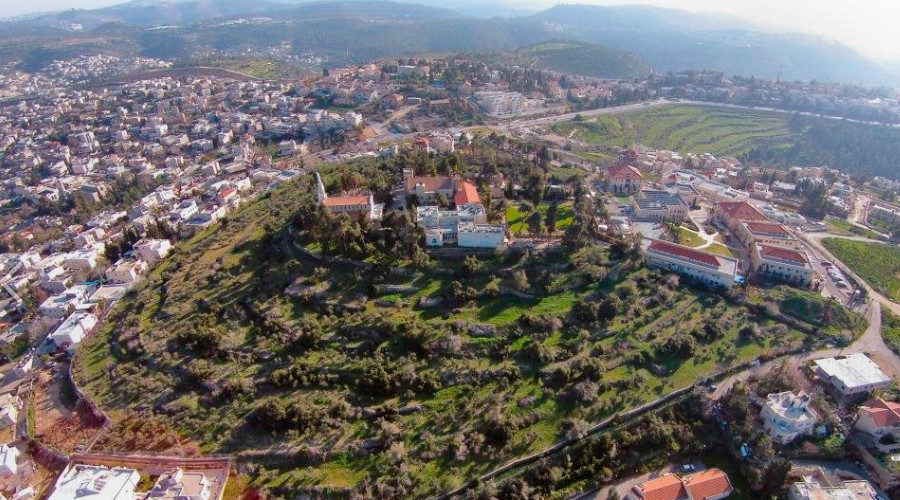
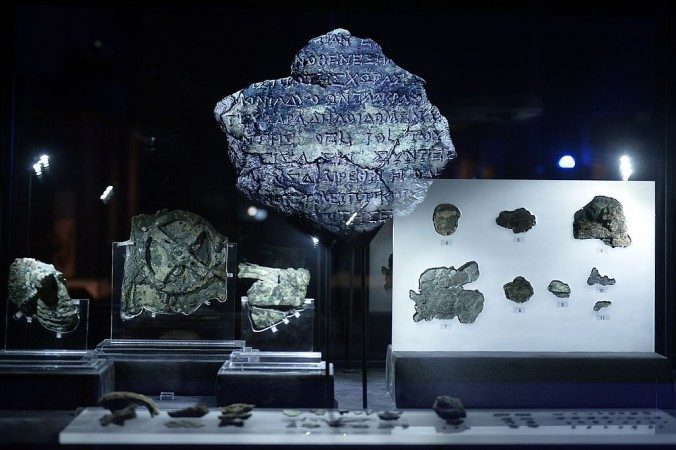
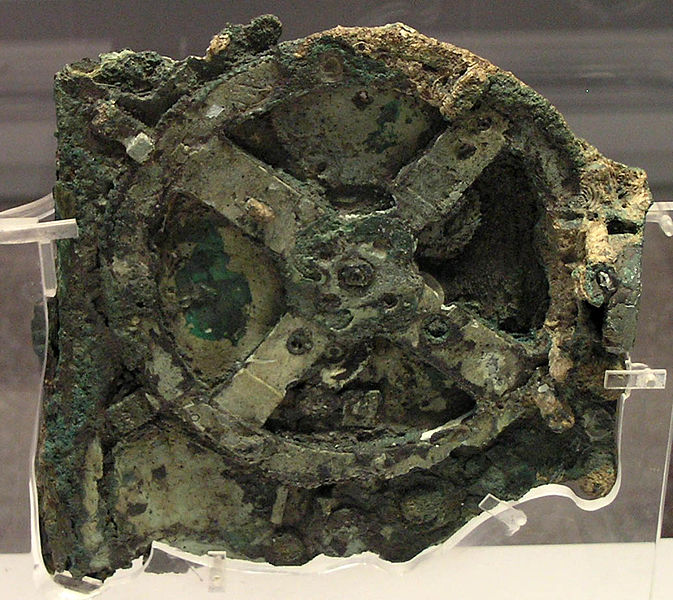


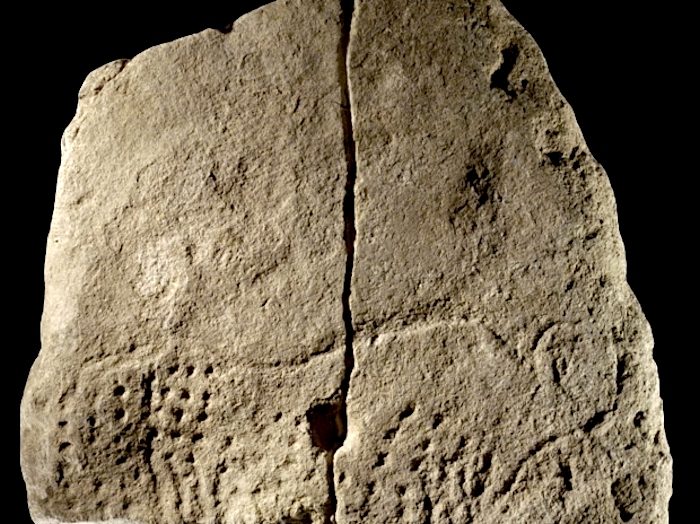
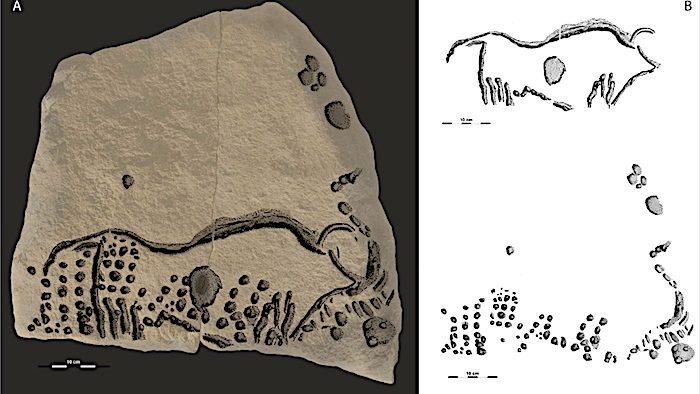

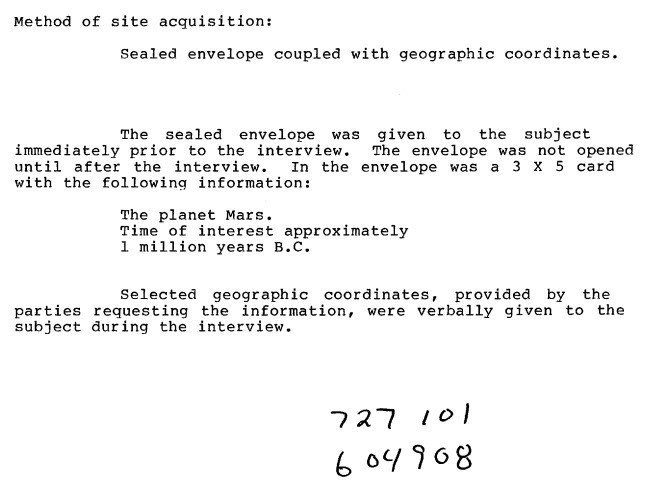
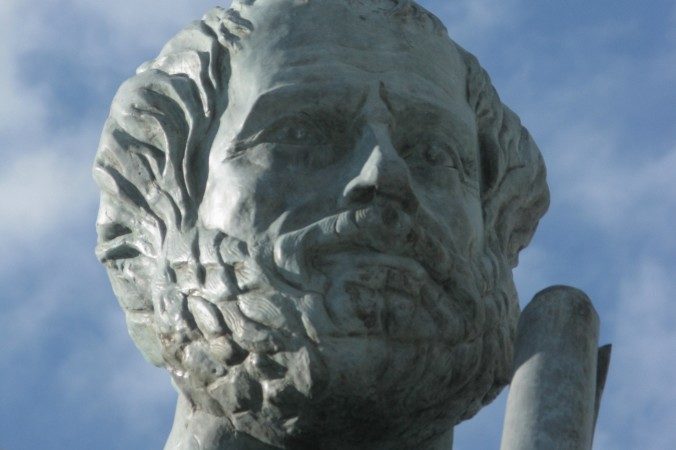
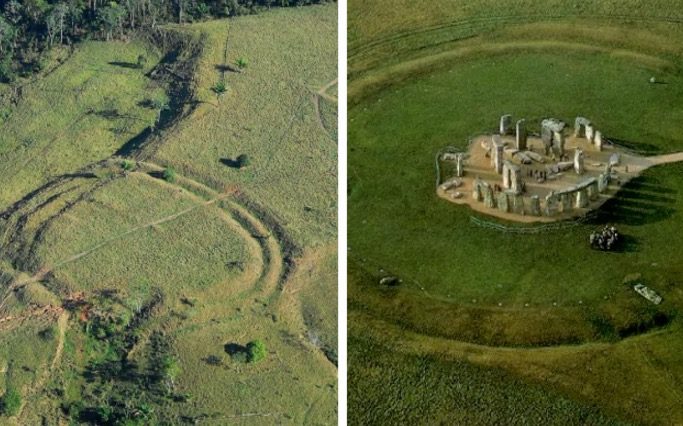



Comment: More recent discoveries:
New Dead Sea Scrolls fragments found in Judean desert caves
25 new "Dead Sea Scrolls" come to light